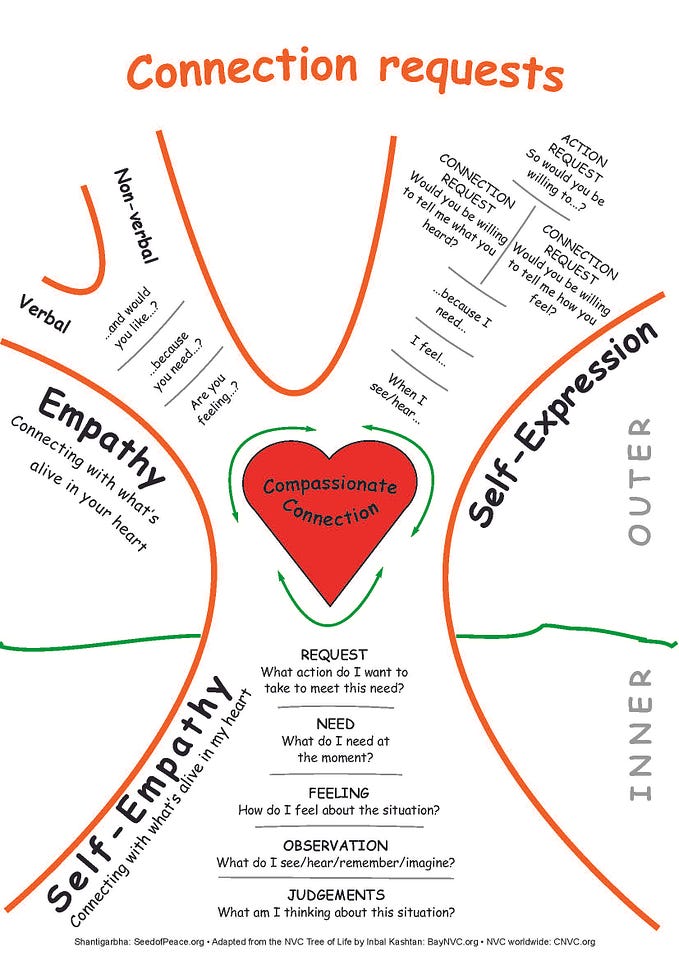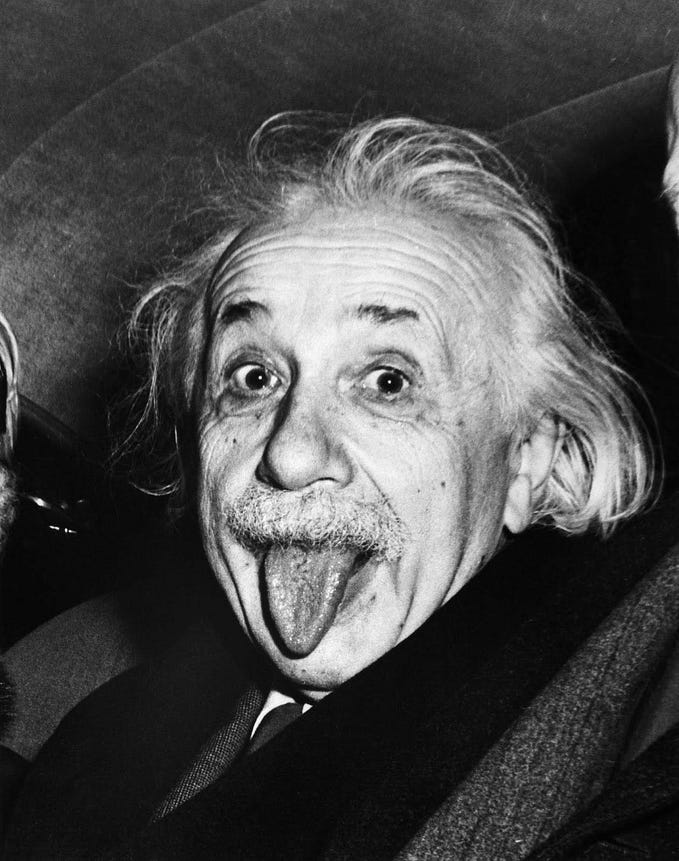Understanding Social Media Manipulation and Complex Networks: Insights from the Centre for Online Trust & Safety’s July 2024 Seminar ft. Lynnette Ng and Dr. Feng Ling
In an era where digital interactions shape public opinion and influence behaviors, understanding the mechanisms behind information manipulation on social media and the dynamics of complex networks is crucial. Our Engineers from Information Programme Centre & Digital Hub — Swan En, Yvonne Lee, Shirley Ow, and David Wong — share their field notes from the recent seminar on Social Media Manipulation, organized by the A*STAR’s Centre for Advanced Technologies in Online Safety (CATOS). July’s seminar featured guest speakers, Lynnette Ng (our DSTA PhD scholar) and Dr. Feng Ling, who shared their work on Information Manipulation by bots, and application of percolation theory to social network analysis.
Lynnette Ng: Information Manipulation by Social Media Bots
Lynnette Ng, a PhD candidate at Carnegie Mellon University, presented her research on how social media bots manipulate information through network analysis. Her work focuses on detecting and understanding the behaviors of these automated entities and their impact on human interactions online.
Key Points from Lynnette’s Presentation
Bot Behavior and Detection
Lynnette has developed the BotBuster algorithm, which identifies potential bots based on user metadata, post content, and interaction patterns. This algorithm has significantly improved in accuracy, identifying bots with 98% accuracy in its latest version.
Information Manipulation Techniques
Social media bots use various techniques to influence public opinion, including disseminating propaganda, creating echo chambers, and polarizing societies. Lynnette illustrated these methods using case studies from global events like the COVID-19 vaccine discourse and the 2020 Singapore Elections.
Network Analysis
Lynnette emphasized the importance of network science in understanding social media manipulation. She explained how nodes (users) and links (interactions) in a network can reveal the centrality and influence of users, highlighting the role of bots in maintaining and spreading disinformation.
Summary of Bot Activity Applied to Information Manipulation
Why: Bots aim to change people’s stances, polarize societies, and encourage stance convergence. By manipulating narratives and maintaining conversations, bots can subtly influence public opinion and create divisions within communities.
How: Bots work together in a process termed “coordination” in order to collectively amplify and generate more interest in their narratives. Some examples to identify coordination include the Synchronized Action Framework and the Coordinating Narratives Framework. The BEND Framework (Boost, Neutralize, Enhance, Distort) is used to characterize communication objectives into 16 maneuvers. Eight objectives focus on shaping social networks (who communicates with whom), with four positive (the four B’s: Boost, Bond, Bridge, Build) and four negative objectives (the four N’s: Negate, Neutralize, Nudge, Nix). Similarly, narrative shaping includes four positive (the four E’s: Elevate, Enhance, Empower, Encourage) and four negative objectives (the four D’s: Distort, Discredit, Distract, Dismiss).
Who: Bots are primarily responsible for keeping conversations alive, while humans create and spread narratives. This symbiotic relationship allows for effective information manipulation.
What: Bots exaggerate human-created narratives to amplify their impact and reach a broader audience.
When: Bot activity peaks during key events such as elections and conflict incidents, where manipulating public opinion can have significant consequences.
Where: These activities are global, targeting topics that have the potential to divide society, regardless of geographic boundaries.
Impact and Future Directions
Lynnette’s research shows that bots can change people’s stances and polarize societies by applying social pressure. Her future work involves using simulations to predict the impact of information campaigns, aiming to develop strategies to counteract manipulation and preserve digital health.
Lynnette’s slides are parked here.
Dr. Feng Ling: Spreading Influence in Online Social Networks
Dr. Feng Ling, a Principal Scientist at A*STAR, explored the spread of influence in online social networks through a network science approach. His research delves into the complexity of information dissemination and the algorithms used to identify influential spreaders.

Key Points from Dr. Feng Ling’s Presentation:
Complex Systems and Deep Learning
Dr. Ling’s research spans both theoretical and practical aspects of complex systems. He investigates the statistical physics behind deep learning, uncovering principles that explain the efficiency and explainability of neural networks.
Percolation Theory
Dr. Ling introduced the concept of percolation in complex networks, which helps understand phase transitions in spreading phenomena. Percolation theory describes how nodes are connected and form various sub-graphs after some links in the network are removed. This framework helps quantify the spreading process and identify critical points where the network transitions from local to global spreading.
Bimodal Behavior
Dr. Ling explained that information spreading in social networks often displays a bimodal behavior. This means that information can either spread locally, affecting only a few nodes, or it can spread globally, reaching a large portion of the network. This behavior is crucial in understanding how information can go viral or remain contained.
Influencer Equation
Dr. Ling discussed the influencer equation, which helps quantify the impact of indirect influence within social networks. Indirect influence plays a significant role in how information spreads, often leading to large-scale diffusion through complex interactions beyond direct connections. This equation is fundamental in predicting which nodes (users) can become influential spreaders based on their position within the network and their indirect connections.

Strengths and Limitations of Percolation Theory
Strengths-
Systemic Impact Analysis: The larger the system size, the more accurate the theory becomes, making it highly effective for analyzing systemic impacts.
Universal Features: Key features of viral transitions are universal and consistent:
- Bimodal distribution of spreading content
- Unique global spreading size
- Very small local spreading size
Limitations-
Microscopic Analysis: Percolation theory is not the best choice for tasks requiring detailed, microscopic analysis, such as source tracking.
Real-World Complexity: Real-world spreading phenomena are often more complex than those modeled by default percolation models. This includes evolving network structures, heterogeneous behaviors, and complex interactions facilitated by recommendation engines and cross-platform linkages between different social networks, such as X and Meta.
Applications in Various Fields: Dr. Ling’s frameworks and algorithms have been applied to various social and economic networks, including social media, financial networks, and blockchain systems. His studies on urban complexity cover transport, land use, and energy infrastructure, addressing large-scale industry challenges.
Indirect Influence: Highlighting the importance of indirect influence, Dr. Ling explained how interactions beyond direct neighbors can significantly impact network dynamics. His research shows that indirect interactions can lead to unique phase transitions and anisotropic behaviors in directed networks.
Conclusion
The insights shared by Lynnette Ng and Dr. Feng Ling underscore the complexity and significance of information manipulation and influence in online networks. Understanding these dynamics is essential for developing effective strategies to counteract misinformation and ensure resilient communication in today’s interconnected world. Their research not only advances academic knowledge but also provides practical solutions to real-world challenges in digital communication and network analysis.
Are you the greater mind we seek?
If you were equally fascinated by this topic, there could be a thinker and tinkerer in you waiting to be uncaged. Find your place among fellow geek squads in DSTA, and broaden your horizons while you make a difference in national security and defence. Go on - it’s time to put your best foot forward.








